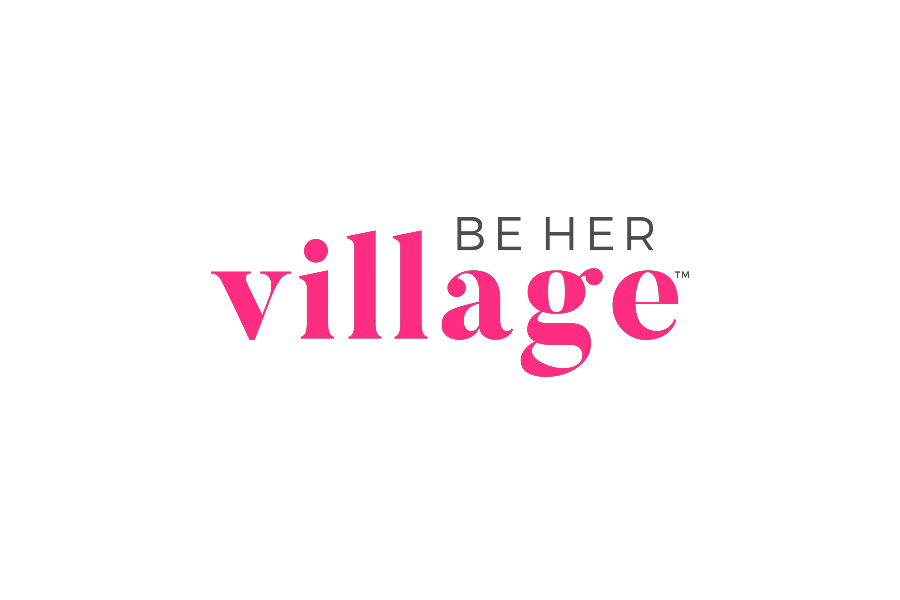Milk sharing—the practice of one woman providing excess breast milk to another family in need—is an age-old tradition. Wet nursing, documented as far back as 3000 BCE, has played a vital role in nurturing humanity. Despite its historical significance, breastfeeding often faces stigma and political challenges. In a rapidly changing world, marked by global crises like pandemics and natural disasters, human milk remains essential for the most vulnerable, particularly premature infants.
Why Breastfeeding Rates Remain Low
Over the past two decades, only 25% of infants are exclusively breastfed by six months. Despite widespread marketing promoting the benefits of breastfeeding and support from major medical organizations, this figure has stagnated. In the U.S., while 82% of women start breastfeeding, many face obstacles that lead to a significant drop in duration.
What drives this decline despite clear awareness of breastfeeding's advantages? Factors include:
- Inadequate parental leave and early returns to work
- Diminished milk supply due to separation from infants
- Insufficient societal support and infrastructure
- Pressure to resume medications vital for maternal health
Society champions the benefits of breastfeeding while simultaneously criticizing public nursing and lacking infrastructure to support mothers in their efforts. The narrative suggests breastfeeding is a natural instinct, yet the 25% exclusivity rate has remained unchanged for decades.
One Woman’s Perspective on Milk Sharing
My name is Kelly Cox. I’ve never been pregnant or breastfed, but my career has centered on supporting women for 25 years, first as a mental health therapist for survivors of domestic violence and sexual assault. After seeking a change, I opened a yoga studio dedicated to pre- and postnatal women. As a registered prenatal yoga teacher and birth doula, I have witnessed firsthand the struggles many women face with breastfeeding.
For a decade, my yoga studio hosted a weekly lactation support group, which consistently drew a crowd. This experience deepened my understanding of the challenges, guilt, and anxiety surrounding breastfeeding. Many women sought ways to continue providing breast milk to others, and I directed them to popular Facebook groups and our local milk bank, but the process often felt overwhelming and time-consuming.
In 2017, after my breast cancer diagnosis, my community rallied around me, prompting me to consider how others in similar situations would feed their babies. This led to the creation of Share the Drop, a solution for those unable to produce milk, such as cancer survivors, same-sex couples, adoptive or foster parents, and caregivers like grandparents.
Formal Milk Donation vs. Informal Milk Sharing
Women with excess breast milk can donate to formal milk banks—of which there are 33 in the U.S.—primarily serving NICU infants. However, once these babies go home, accessing donor milk can be challenging and costly. This is where informal milk sharing becomes vital.
If a donor lives far from a milk bank or cannot meet their criteria, she can still share milk informally. Imagine having a freezer full of extra milk and learning of a nearby family in need. Or consider a formula shortage due to a recall or natural disaster—wouldn’t it be helpful to share your surplus milk?
Share the Drop aims to streamline the process of matching donors with recipients and provide real-time notifications for exchanges. Users can create accounts based on their zip codes, making it easier to connect with nearby families. This approach not only facilitates feeding infants but also fosters community connections among parents.
How to Safely Participate in Milk Sharing
Informal milk sharing relies on users taking the necessary precautions to understand the process and its associated risks. As a company, we do not facilitate matches or the exchange of milk. Instead, we empower users with the tools and knowledge to make informed decisions. Here’s how:
- “Date Your Donors”: Ask questions, discuss dietary and lifestyle factors, and request lab results to ensure compatibility.
- Public Meetings: Arrange initial meetings in public places during daylight hours for added safety.
- Pasteurization: For those concerned about the milk they receive, we provide information on pasteurization techniques.
- No Payment for Milk: While pumping and storing milk is labor-intensive, monetizing it could lead to unsafe practices and risks. We strictly prohibit payment for milk.
Building a Community of Support
Milk sharing isn’t just about feeding babies—it’s about creating connections and fostering a sense of community among parents. By safely navigating the process, we can support families who need it most while empowering those with the ability to give. Together, we can ensure that every baby has access to the nourishment they need, no matter the circumstances.
BeHerVillage is helping parents like you get the funds they need for the support they deserve! Are you having a baby and are looking for support? Create a registry for support today and get gifted funds directly into your bank account to pay for your support team. You deserve this.
Are you a birthworker who supports new moms? Use BeHerVillage to help your clients pay for your support. Create your free profile here and you can be the best baby shower gift a mom will ever get!
.png)
.png)

.png)

.png)
.png)